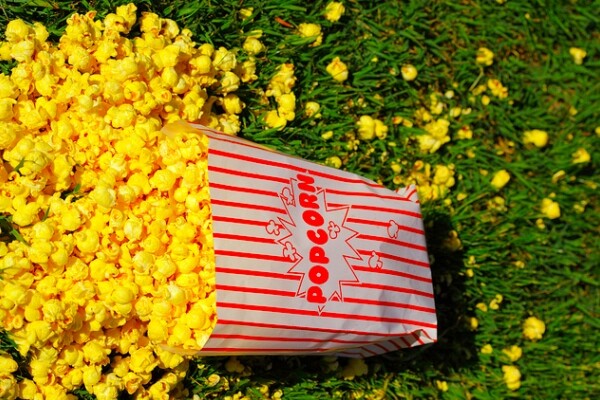The Five-Second Rule Has Been Proven, By Science

There are certain food-based urban legends that been with us forever, and despite continual debunkings, still linger. If you drink a mix of Pop Rocks and soda, your stomach will explode. Eat shrimp and Vitamin C tablets at the same time, and you'll get arsenic poisoning. And drinking too much Mountain Dew will shrink your testicles.
But there's always been one giant urban legend towering over the rest, entering the conversation wherever a mother drops some spaghetti on the ground in a faulty pot-to-bowl transfer, or a drunken frat guy loses the grip on his quarter-pounder: The five-second rule. This states -- as if I really need to explain it to anyone at this point -- that if you drop a piece of food on the ground, you have five seconds to retrieve it before it's contaminated by whatever strange bacteria lurks on the floor.
But, unlike the other urban legends, it turns out this one may actually be true.
A group of biology students in Britain took on the case by looking into whether or not the amount of time that food spends on the ground affects the possibility of its contamination. In their study, they focused on how two common bacterial strains (E. coli and Staphylococcus aureus) interact with a wide range of foods (among them pasta, bread, meat, and fruit) that have landed on a variety of surface types (carpet, laminate, tile, etc.). To test the time factor, they let food sit in the bacteria for between three and 30 seconds.
Their findings:
Researchers found time an extremely important factor in bacterial transfers, with the type of flooring involved also having an effect.
And the magic amount of time when bacteria begins attaching itself to food? Right around five seconds.
(Another notable finding of the study showed that dropping something on carpet carries the lowest risk, and dry food is safer to eat after being dropped than wet. So, if you drop a piece of toast on your shag rug, you have all day before you need to get to it!)
But let's not all just start loosening our grips on our sandwiches and apples just yet. These are biology students who put together the findings after all, and the results have yet to be confirmed by a second independently-produced study. In fact, the Mythbusters took on this urban legend a few years back in a, oh, let's say "loose" study, and their findings were quite opposite:
For those of you without the proper capabilities -- or perhaps, adequate distance from the boss' desk -- to view the video, after testing food that was placed on the ground for two and six-second intervals for bacteria, the Mythbusters found that:
[T]he results were less than definitive, with no conclusive distinctions between the two-second and the six-second samples.
Or, in their terminology, the urban legend of the five-second rule was "Busted!"
But whether or not the actual test is ever verified -- and, Science: I know you're busy "trying to find cures" and "solve global catastrophes" and whatnot, but isn't this a question that should finally be put to bed once and for all? -- there was also this surprising finding which you can go ahead and stick in your memory bank in case it comes up during this week's bar trivia:
The research team also found 87% of people surveyed said they would eat food that had fallen on the floor, with 55% percent of these people women.
More women than men would eat something they dropped on the floor. Who would've thunk?


